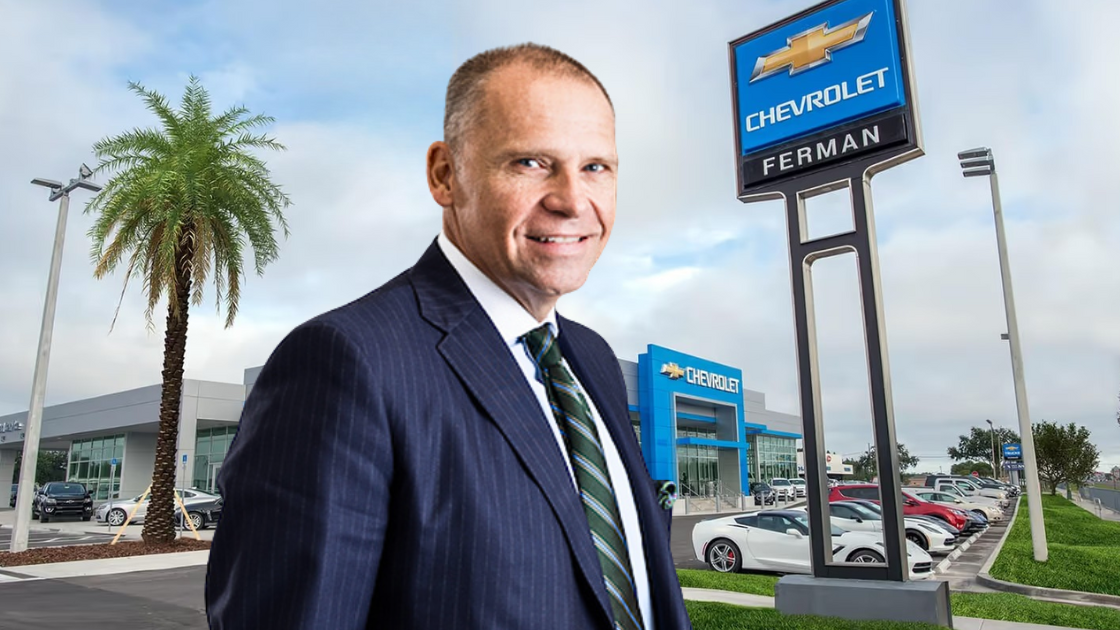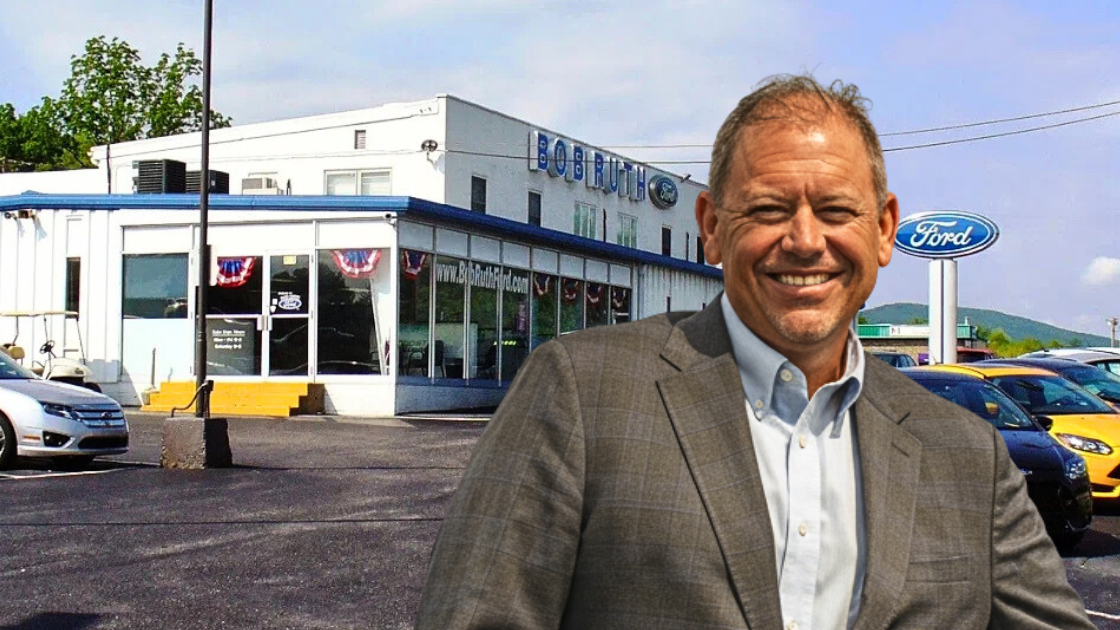
Welcome to another edition of expert insights from the Car Dealership Guy Podcast, an episode recap that breaks down the high-level takeaways from the conversation.
On today’s episode, Fede Ranero, CEO of Draiver, shares his insights into the vehicle delivery process and how artificial intelligence is driving efficiency for everyone from manufacturers to dealers. Fede has been in the mobility tech sector for years, driving success in South America at companies like Uber and KAVAK.

1. Entry into the business.
Fede’s introduction to the mobility tech space began at Uber, where he led the company’s Mexico and Caribbean markets for several years. He recalls the challenges experienced by the brand despite its growth, ranging from regulatory pressure to doubts over its business model ahead of its IPO launch. “My main business challenge was vehicle access,” he notes. While drivers were in ready supply, Fede estimates that 90% at the time lacked the financial means to access the kinds of cars needed to work with Uber, due to economic instability.
2. Joining Draiver.
Cars are a financial asset, Fede explains. Owning a vehicle heavily contributes to employment opportunities and overall success. Noting the challenges facing auto buyers in Mexico, Fede began to search for ways to solve the issue of high car prices, an effort that eventually led him to become CEO of Draiver, an on-demand B2B vehicle delivery service supporting every corner of the auto industry. Draiver is financially backed in part by KAVAK, an online used car platform similar to Carvana, where Fede worked as COO for several years after leaving Uber.
3. Logistics matter.
Good logistics are critical for both car buyers and dealers, impacting everything from acquisition to after-sales. And logistics are made easier through the use of on-demand drivers and artificial intelligence. A.I. is now also being deployed to estimate when car parts will wear out, giving dealers more opportunities to get customers into the service center and improve retention.
4. How to optimize vehicle delivery.
Factors ranging from auto parts theft, route deviations, lack of delivery tracking, delays, etc., can heavily impact a dealer’s ability to process vehicles promptly and meet customer expectations. “We connect with companies…to receive all the vehicle movement requests,” Fede explains. “We pull those movements, and we change them in the most efficient way.” Using this system allows drivers to pick the best route possible and potentially coordinate multiple deliveries in the same trip.

OPENLANE - The world’s best online dealer marketplace for used cars, bringing you exclusive inventory, simple transactions, and better outcomes. Learn more at openlane.com.
Edmunds - Premier is a solution from Edmunds that connects you with in-market shoppers when, where, and how they want to connect. Learn more at edmu.in/4eLj4wb
Draiver - Draiver is revolutionizing vehicle relocation with A.I. driven precision technology and professional insured drivers in your area. Learn more at draiver.com.
Need help finding top automotive talent? Get started here: cdgrecruiting.com.
5. Pick-up and drop off.
Offering customers the ability to pick up and drop off their vehicle is critical for dealer success, Fede remarks, noting that service ROI can increase as much as 40% when offering this service. The reason this makes such a difference is due to convenience. Most customers don’t live close to a dealership. In fact, an NADA study found that dealer location is the number one reason car owners delay getting repair or maintenance work. Pick-up and drop-off negate this pain point entirely. However, this service is difficult to offer, especially when operating on a massive scale, as it can be tremendously complicated and resource-intensive without the right tools in place.
6. Manufacturers turning to last-mile drivers.
Draiver currently operates coast-to-coast in the U.S., serving four main verticals: fleet management companies, retailers, manufacturers and rental car companies. The company is currently seeing the most growth in manufacturer clients, according to Fede, which he explains is due to the complexity of automaker distribution. While most would assume car companies deliver vehicles using trucks, this often isn’t the case: in many situations, last-mile drivers are necessary for each individual vehicle.
7. Delivery process.
Fede breaks down the delivery process for one of Draiver’s (unnamed) manufacturer clients. First, the vehicles arrive in the U.S. from overseas. Then they are loaded onto trains, which take them to the individual cities. After this, there is usually a three-mile trip from the train station to the delivery hub. Using trucks for this last stage can not only be expensive but also slow due to the time it takes to load or unload. Individual drivers, however, can operate faster and more efficiently, and the manufacturer was able to fill its distribution hub for the first time, forcing it to pause shipments: a situation that had never happened before.
8. Using A.I. to “know the unknowns.”
Both buyers and dealers want to know where vehicles are every step of the way, but until now, that information has been difficult to provide. For dealers, this is especially problematic as this information would give insight into their delivery efficiency. However, by using A.I. and software to connect the dots, more visibility can be given to the delivery process, allowing consumers to rest easy and giving businesses the knowledge they need to optimize their services.
9. After-sales and vehicle delivery.
Last year, Draiver moved roughly 1.4 million vehicles, giving it insights into some of the trends impacting dealers. Based on its data, one of the biggest use cases for A.I.-optimized, on-demand vehicle delivery is in after-sales, Fede explains. The more dealers can save the customer time, the better their retention and satisfaction. Implementing vehicle pick-up and drop-off through Draiver has allowed dealerships to save service clients substantial time and headaches. Since A.I. can also optimize routing, retailers have also been able to reduce delivery times and make operations more cost-effective.
10. Closing thoughts.
A.I. continues to drive innovation forward at incredible speeds. Fede is especially excited about what technology can do for the automotive sector in terms of logistics. On top of integrating Draiver’s services into more platforms, the company is currently focusing on implementing dealer feedback and leveraging customer data more effectively.
Become an automotive insider in just 5 minutes.
Get the weekly email that delivers transparent insights into the car market.
Join 84,000 others now, it's free:
Interested in advertising with Car Dealership Guy? Drop us a line here.
Want to be considered as a guest on the podcast? Add your name here.








